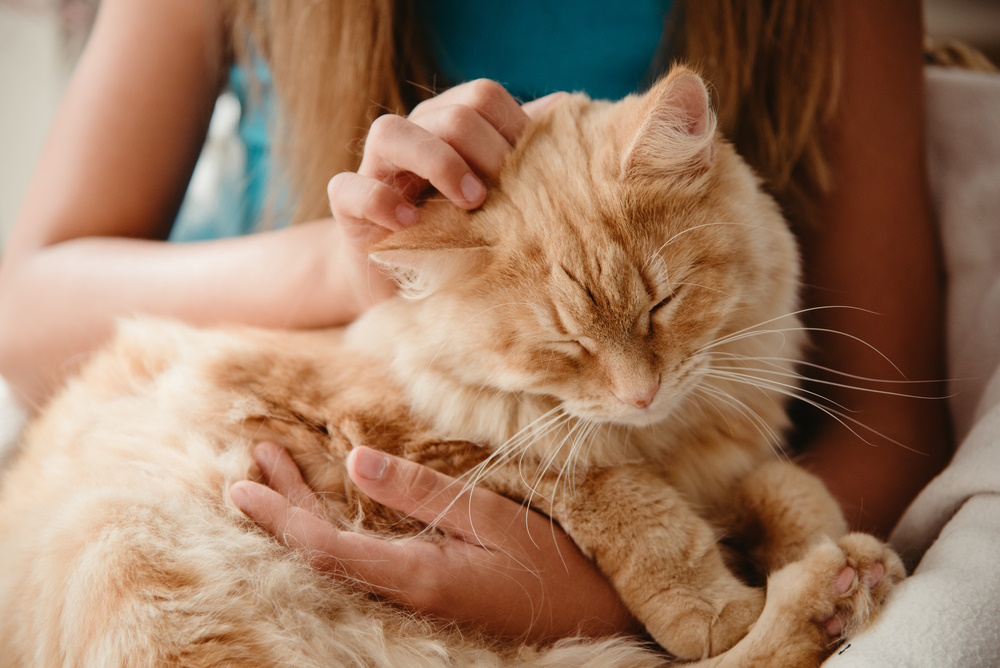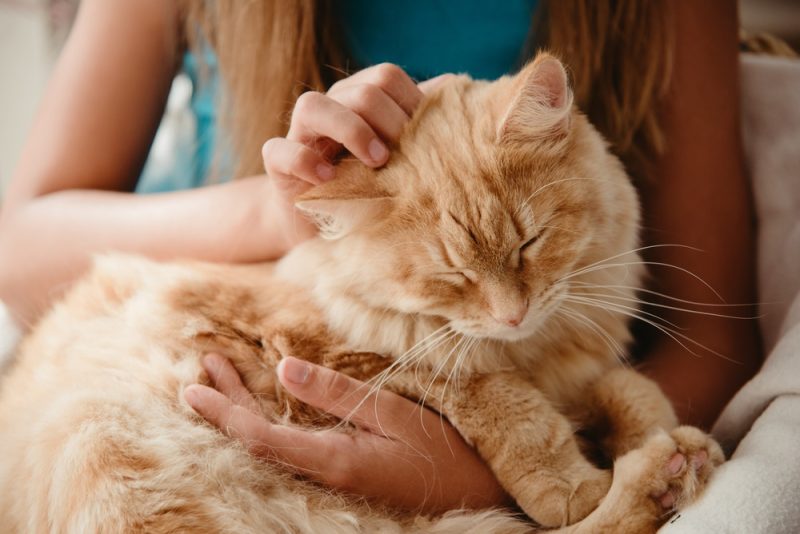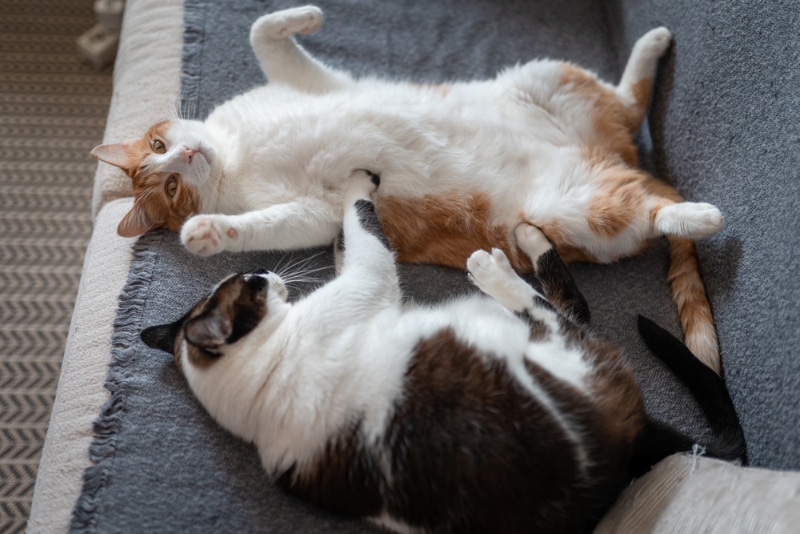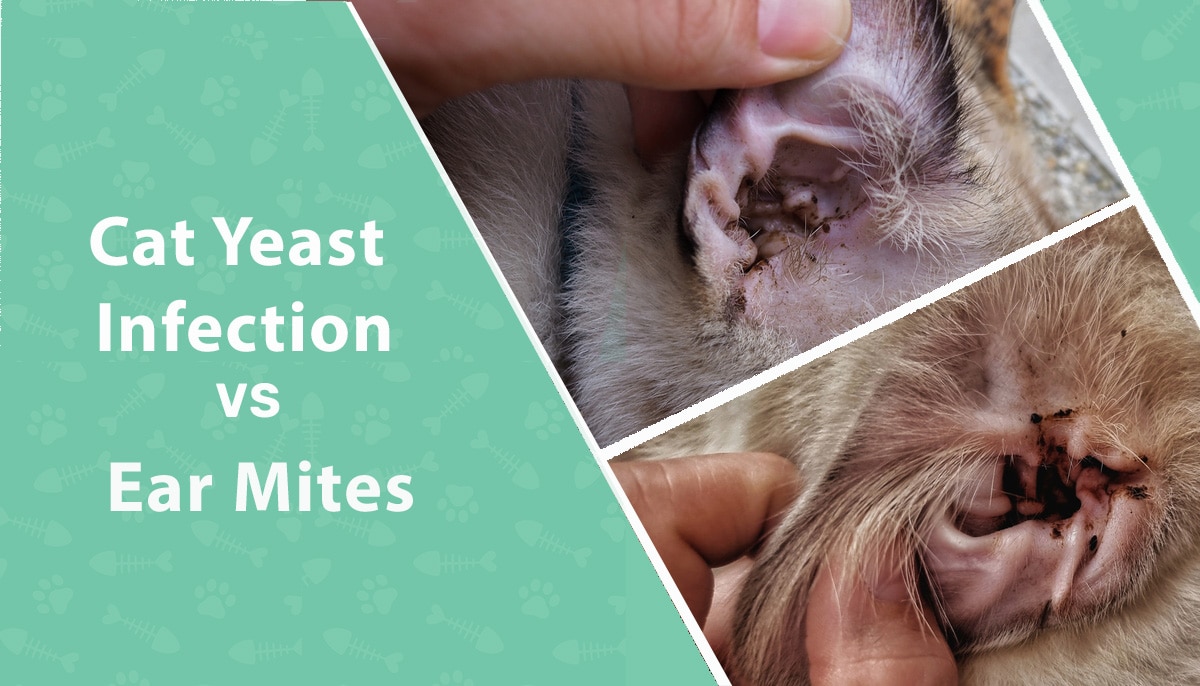Like people and other animals, cats start to show signs of aging as they reach their senior years. Typically, 10 years is considered to be senior for a cat, although many do go on to live to 17 or 18 years of age.
As your cat reaches their senior years, you will need to look for signs of certain conditions and seek veterinary assistance if noted. Many of the conditions old cats are prone to can be treated, but early diagnosis will help improve the quality of life and potentially lengthen the life expectancy of your feline friend.
Below we look at 10 common senior cat health issues and what to look for, so you can look for likely signs and have your cat checked out.
The 10 Senior Cat Health Problems
1. Urinary Tract Infections
Caused by a multitude of different issues, urinary tract infections (UTIs) result when an infection sets up in the bladder. Often you will see blood in the urine, increased frequency of urination, and smaller volumes. Cats with underlying kidney disease, diabetes, or that have more difficulty grooming their perineum due to arthritis or being overweight, are all at increased risk of developing UTIs. If you notice any concerns with your older cat’s urinary habits, it is definitely worth seeking veterinary advice.
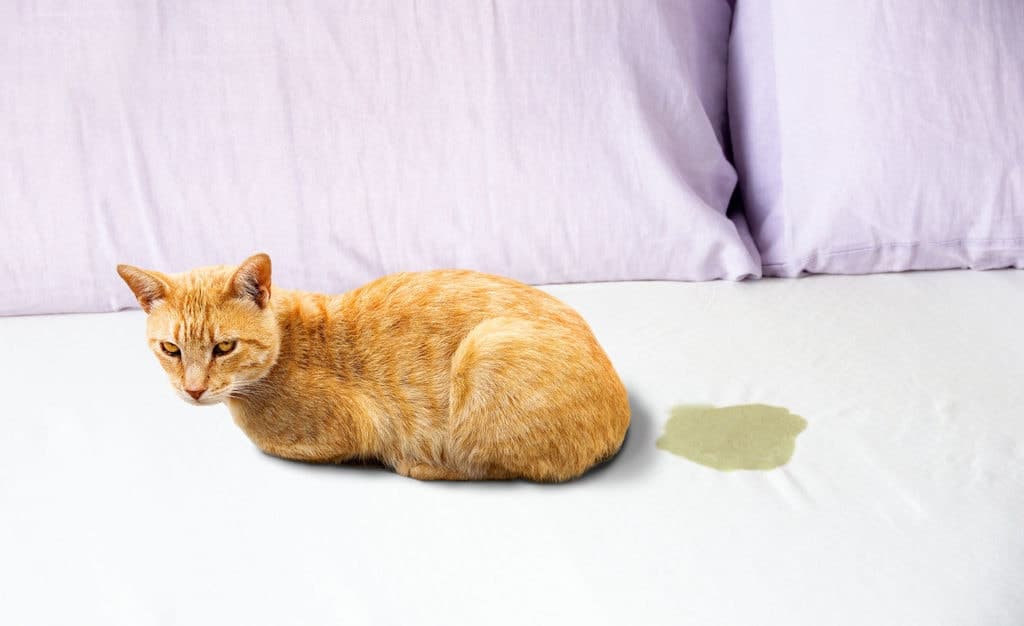
2. Poor Coat Health
Young and fit cats do a very good job of keeping their own coats clean and looking healthy. But, as a cat ages and it loses mobility and flexibility, it will struggle to groom itself.
You can lend a hand using pet wipes and brushing their coat. Sometimes this isn’t enough, however, and professional help should be sought.
Another cause of poor coat health in older cats includes malnutrition, either from poor absorption of nutrients, or poor quality foods. Again, speak to your veterinarian if you have a concern this may be the case.
3. Ingrown Nails
Another problem that can be caused by old age is overgrown or ingrown toenails. More commonly this occurs on the front feet, and can result from decreased exercise and scratching, arthritis, and decreased grooming of the nails. If the nail grows too long, it may grow into the paw pad, causing pain, and may even lead to infection. Ingrown nails need veterinary treatment, whereas overgrown nails can often be addressed at home. Regular nail trimming can help prevent this condition.
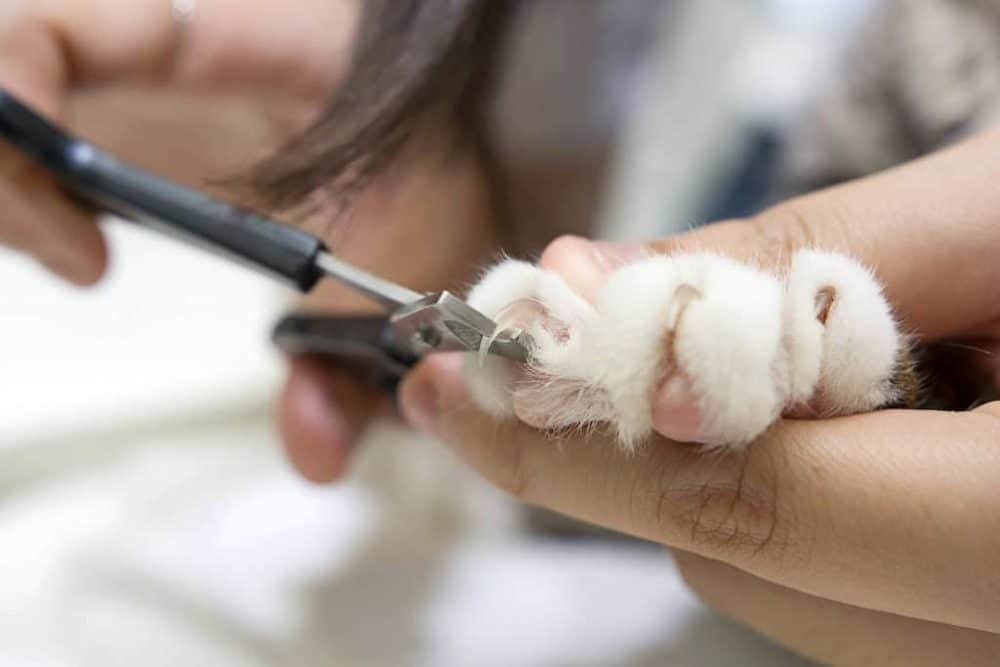
4. Arthritis
Osteoarthritis can affect any joint and may affect multiple joints. When the joint is inflamed, mobility is restricted, and moving the joint causes considerable discomfort and pain for your cat. Depending on which joints are affected, your cat might find it painful to stand up or sit down, get in and out of its litter tray, or walk around.
If you suspect your cat is suffering from arthritis, take them to the vet. They may conduct X-rays and discuss your cat’s mobility to determine whether it is arthritis. They can prescribe medication to help reduce inflammation and manage pain, but there is no cure for arthritis.
5. Hyperthyroidism
Hyperthyroidism means that the thyroid gland is overactive. When this occurs, the metabolism speeds up and it can leave senior cats looking thin and underweight even if they eat the same amount or more than they used to. It leads to weight loss and can cause increased blood pressure. If it is left untreated, it can cause death.
Signs of hyperthyroidism include greater thirst and increased appetite, as well as problems including vomiting and diarrhea as well as increased urination. The condition can be managed and even cured, but it needs to be caught as early as possible to help ensure the best chance of successful management.
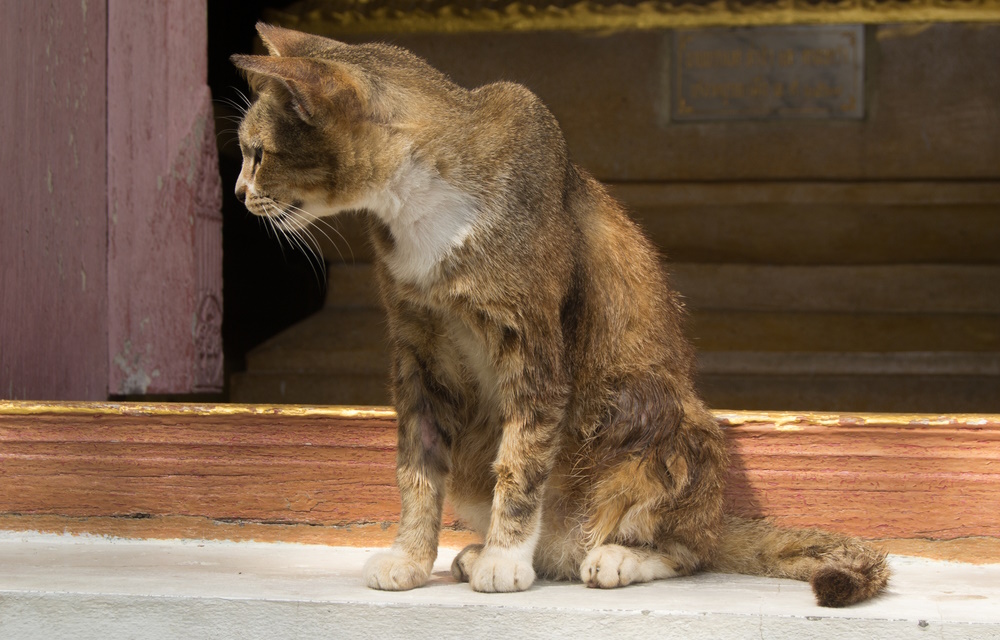
6. Kidney Disease
Kidney disease means a loss of kidney function that will often get worse over time. The kidneys are responsible for getting rid of toxins from the blood, and as they deteriorate, this can lead to dehydration and a build-up of waste products. It can also lead to additional problems like high blood pressure and anemia.
There is no cure for chronic kidney disease, but the symptoms can be managed. As with hyperthyroidism, early signs include increased thirst, weight loss, and increased urination.
7. Sensory Loss
Old cats are more likely to see deterioration in their senses, primarily in their sight and hearing. Blindness can be caused by blood pressure changes that result from hyperthyroidism or kidney disease. Early diagnosis is key is mitigating vision loss.
Similarly, deafness can occur as a result of illness or disease, but it can also be degenerative. Deafness is irreversible, but you need to have the cat checked out to determine what the underlying cause of the problem is.
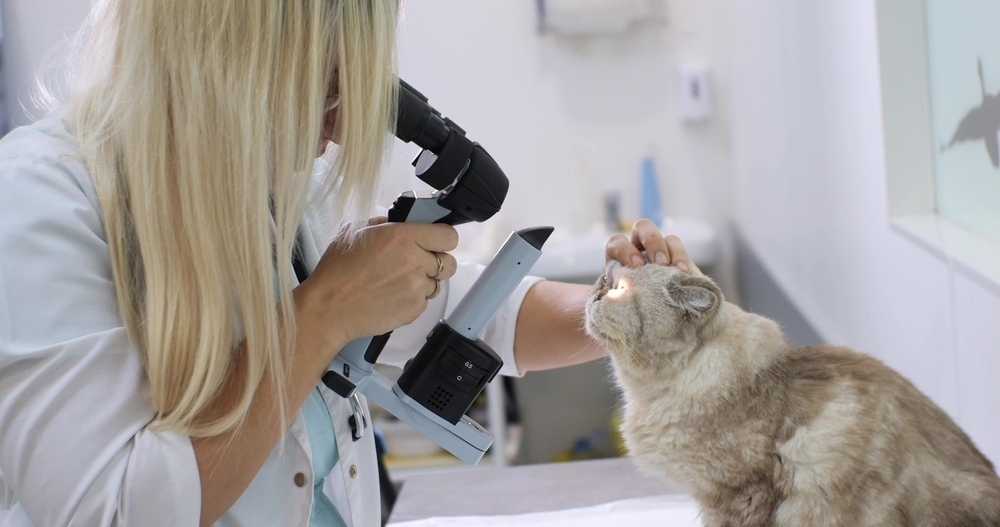
8. Dental Disease
Dental disease is very common in pet cats because, while they are very good at grooming and looking after their coat and skin, cats are unable to brush their own teeth. And many owners overlook the importance of regular brushing and dental checkups.
When teeth start to rot or cats suffer from other dental problems, they may find it painful to eat, which can lead to malnutrition and other dietary problems. You may notice a bad smell coming from your cat’s mouth and your cat may favor one side of the mouth over the other when eating. Have your vet check your cat’s teeth so they can determine the cause of any pain and whether anything can be done to help.
9. Cancer
Lymphomas, carcinomas, and sarcomas are somewhat common in older cats. Check for lumps, which could be tumors, and for signs like a loss of appetite or sudden weight loss. If your cat is acting ill and has been lethargic for some time, it is time to get it checked out by a vet. However, not all cats with cancer will show obvious signs.
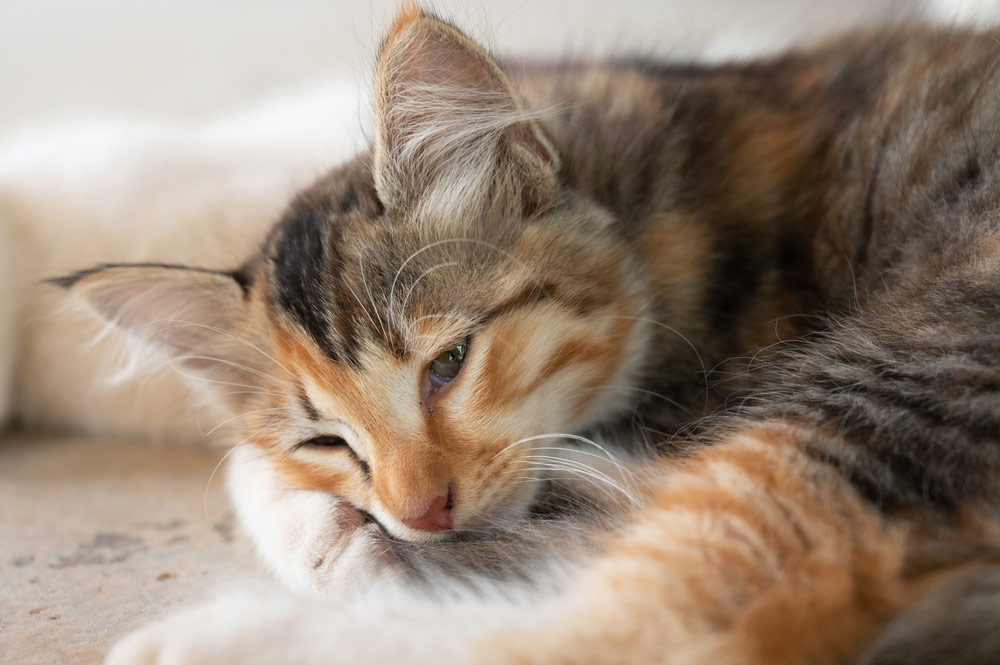
10. Hypertensions
As mentioned above, high blood pressure or hypertension can result from other diseases, or it can be primary, without an underlying cause. Senior cats are more prone to this issue than younger cats, and early detection is key as it can lead to retinal detachment and vision loss, neurological episodes, and damage to other body systems such as the kidneys. Regular blood pressure checks should be part of every senior cat’s semi-annual exams, to ensure the disease is detected as soon as possible.
How Long Do Cats Live?
Although it does depend on breed, diet, and various other factors, domestic cats can live, on average, up to around 15 years. Many do go on to reach 18 years and some even reach 20 years old, but this is the exception.
What Is Considered Old for a Cat?
Cats are considered senior when they reach 10 years old. Your cat will start to slow down, and its diet and activity levels will change. You may also see physical signs of aging such as a change in coat color.
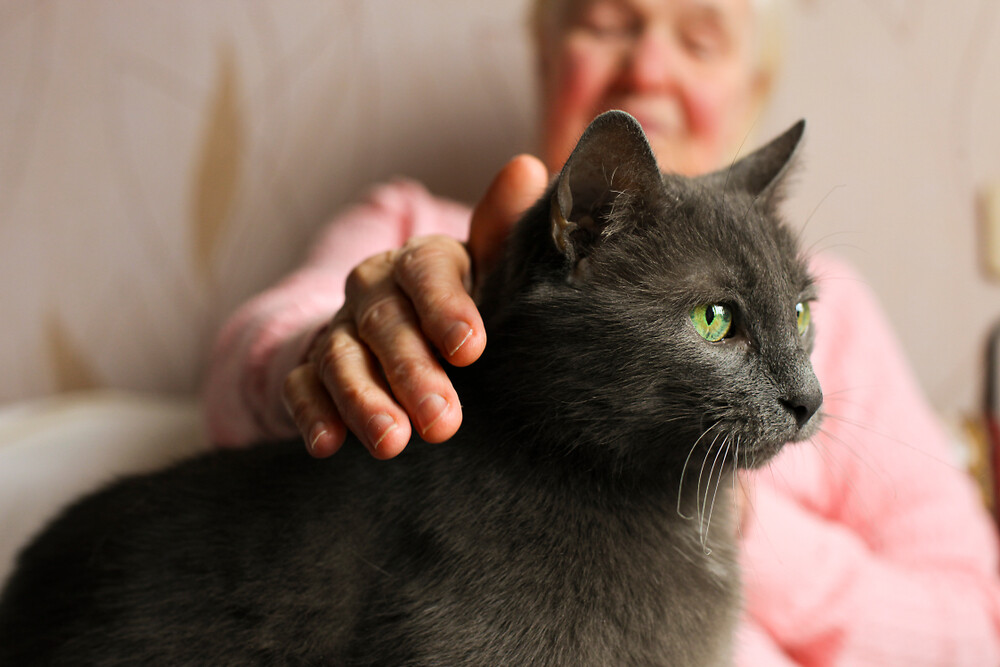
Conclusion
Older cat health problems can be caused by changes in diet and activity levels as the cat ages. They can also be caused by illnesses and conditions that are more likely in old cats than in young ones. If you witness any changes in your cat’s health, take them to see the vet, and monitor things like activity, diet, and water consumption levels, as well as their use of the litter tray.
Your findings could prove useful in diagnosing any potential health problems.
Featured Image Credit: Karpova, Shutterstock

